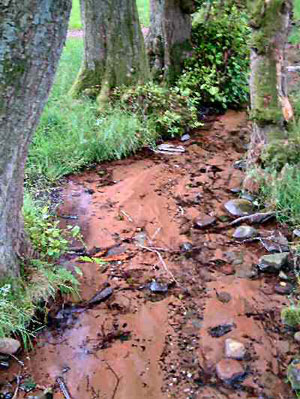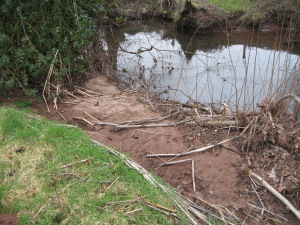Siltation


Silt is a granular material derived from soil or rock of a grain size between sand and clay. It may occur as a soil or as suspended sediment in a surface "water body" (Water Framework Directive speak for river, stream, lake or groundwater source). It may also exist as soil deposited on a river or lake bed. Siltation is very bad news for our rivers and many of their inhabitants. With faster run-offs from forestry, increased grazing pressures and, typically, potato, strawberry or maize crops, fine sediment loads on some streams smother the bed and kill off invertebrates and fish eggs, resulting in reduced spawning success or abandonment by fish. The fine sediment loading of our rivers has trebled since 1980 and in the most severely affected streams egg survival has been reduced to 0%. Much of this damage is avoidable and our knowledge is increasing of the whereabouts of vulnerable sites and which land use practices put the rivers at the greatest risk.
Following on from more than a decade of leaflet drops and advisory booklets, the "Catchment Sensitive Farming Initiative" aims to mitigate damage in the most vulnerable catchments such as Lugg, Ithon and Garren but it too has the disadvantage of being only voluntary and has limited funding for remedial work. Cross compliance is built into the current grant scheme, whereby grants may be reduced or removed in the event of bad agricultural practices but it lacks the will for enforcement.
The Foundation continues to be alert to the damage caused by siltation and fencing out stock remains an absolute priority where it is a problem, as is preventing and repairing erosion. The subsequent restoration of natural widths (i.e. narrower) that result from fencing enable streams to resist more effectively the worst effects of siltation.
To summarise, silt affects aquatic life is in several ways:
-
Reduced rate of egg survival
-
Spawning gravels become compacted
-
Invertebrate types and numbers are reduced
-
Acts as a vehicle for certain pesticides and phosphates
